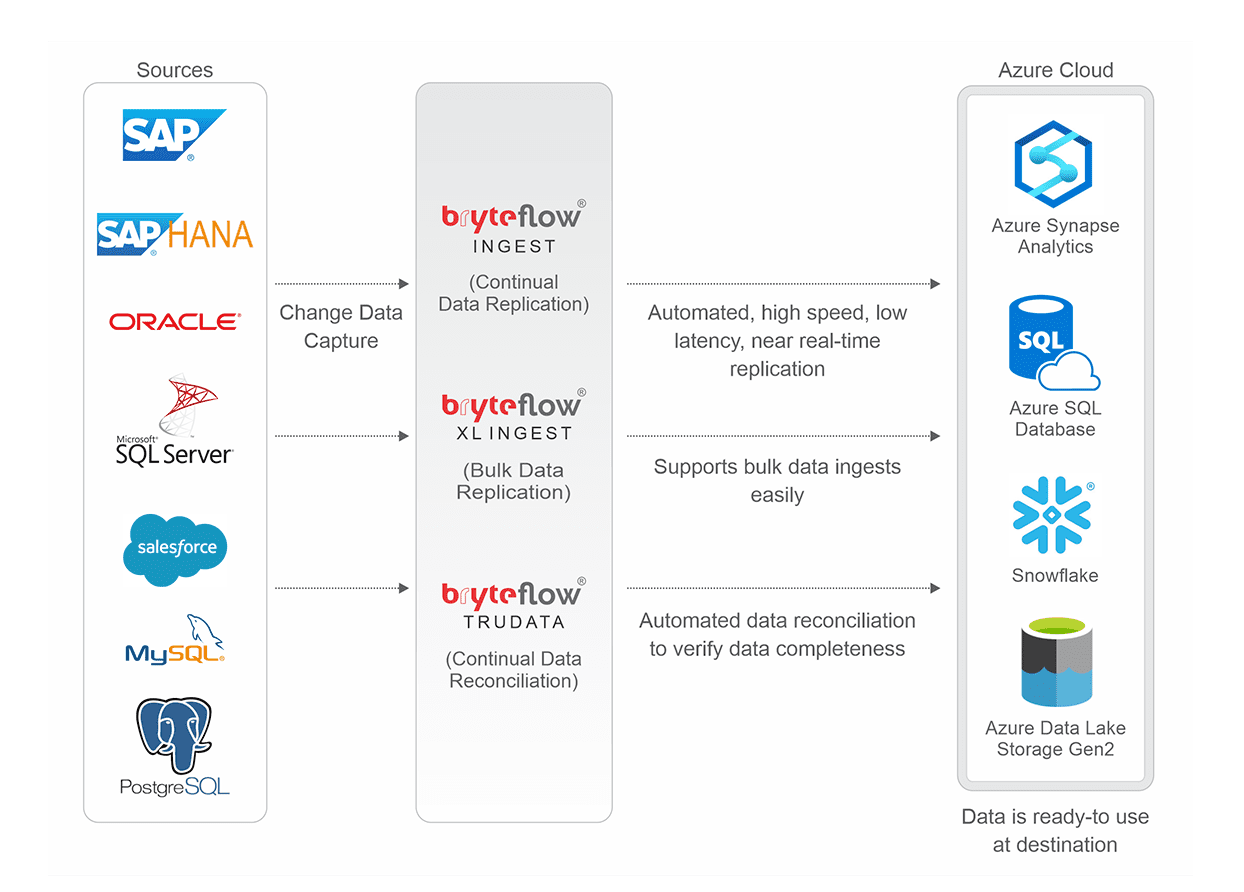ADLS Gen2 Connections
Load Oracle Data with CDC to Azure Data Lake Storage Gen2
Automate Oracle Migration to Azure Data Lake Storage Gen2 with BryteFlow
Migrate your Oracle database to Azure Data Lake Storage Gen2 in automated mode easily. BryteFlow is a great Oracle replication tool that migrates your Oracle data to ADLS Gen2 in real-time with CDC (Change Data Capture) to keep data synced with source. You get ready-to-use data on ADLS Gen2. There is no coding for any process, just point and click! Also, you can get delivery of data in just 2 weeks. Oracle to Azure Cloud Migration (Know 2 Easy Methods)
Oracle Replication with BryteFlow
No-Code Real-time Oracle Replication to Azure Data Lake Storage Gen2
Replicating your Oracle database to Azure Data Lake Storage Gen2 is really simple with BryteFlow. You can load Oracle data even high volume data, in minutes to Azure Data Lake Storage Gen2 with parallel, multi-thread loading, partitioning and compression. Bryteflow replicates incremental data using log-based CDC and provides very high throughput – the replication speed is at least 6x faster than Oracle Goldengate.
GoldenGate CDC and a better alternative
Real-time Oracle Data Ingestion in Azure Data Lake Storage Gen2
- Low latency, log based CDC replication has minimal impact on source. More on Oracle CDC
- Optimised for Azure Data Lake Storage Gen2 (includes best practices). Oracle to Snowflake: Everything You Need to Know
- Manages bulk loads easily with parallel loading and automated partitioning mechanisms for high speed.
- BryteFlow provides replication support for all Oracle versions, including Oracle 12c, 19c, 21c and future releases for the long term.
- Get a range of data conversions out of the box with BryteFlow Ingest.
- Provides easy configuration of file formats and compression in ADLS Gen2, e.g. Parquet-snappy.
- BryteFlow provides analytics-ready data in ADLS Gen2 so you can access your data immediately.
Check out BryteFlow’s Data Integration on Azure Synapse as well.
Suggested Reading:
Oracle CDC (Change Data Capture): 13 Things to Know
Oracle to SQL Server Migration: Reasons, Challenges and Tools
Oracle Replication in Real Time, Step by Step
No-Code, Real-time, Oracle Data Replication to Azure Data Lake Storage Gen2
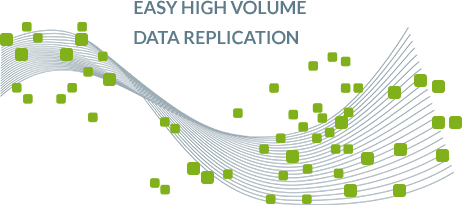
The BryteFlow data replication tool replicates huge volumes of Oracle data to your ADLS Gen2 database fast
BryteFlow transfers data using parallel multi-thread loading, smart partitioning and compression to load terabytes of Oracle data to Azure Data Lake Storage Gen2. BryteFlow XL Ingest specializes in the initial full ingest of large volume data at high speeds. Subsequently BryteFlow Ingest takes over for incremental data replication using log-based Change Data Capture. BryteFlow also replicates Oracle to Azure Synapse Analytics
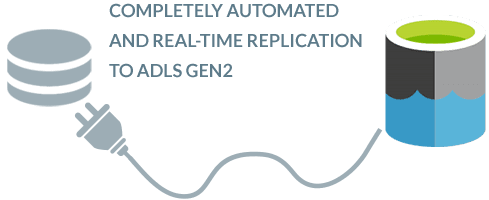
Oracle Migration to ADLS Gen2 is completely automated
Many Oracle data tools involve connectors and pipelines to move your Oracle data to Azure Data Lake Gen2 and there is usually coding involved, for e.g. to merge data for basic Oracle CDC. With BryteFlow there is no coding. The simple, user-friendly interface can be used easily by ordinary business users.
Oracle to Azure Cloud Migration (Know 2 Easy Methods)
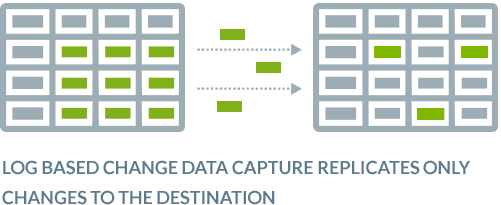
Our data integration software uses efficient Oracle CDC to update data in your ADLS Gen2 database
BryteFlow updates data on ADLS Gen2 with changes at source using log-based Change Data Capture which is zero impact and uses database transaction logs to query Oracle data at source. It copies only the changes into the ADLS Gen2 database. The data in the Azure Data Lake is updated in real-time or at a frequency of your choosing. Log-based CDC is the gold standard for replication and what we use to replicate your Oracle data to Azure Data lake Storage Gen2.
Oracle CDC (Change Data Capture): 13 Things to Know

Cut down time spent by Database Administrators in managing the replication
You need to work out how much time your DBAs will need to spend on the solution, in managing backups, managing dependencies until the changes have been processed, in configuring full backups and then work out the true Total Cost of Ownership (TCO) of the solution. The replication user in most of these replication scenarios needs to have the highest sysadmin privileges.
With BryteFlow, it is “set and forget”. There is no involvement from the DBAs required on a continual basis, hence the TCO is much lower. Further, you do not need sysadmin privileges for the replication user.
Oracle to SQL Server Migration: Reasons, Challenges and Tools

Data from Oracle to Azure Data Lake Storage Gen2 is monitored for data completeness from start to finish
BryteFlow provides end-to-end monitoring of data. Unlike other replication software which set up connectors and pipelines to Oracle source applications and stream your data without checking the data accuracy or completeness, BryteFlow makes it a point to track your data. For e.g. if you are replicating Oracle data to ADLS Gen2 at 4pm on Friday, Sep. 2021, all the changes that happened till that point will be replicated to the Azure Data Lake Storage Gen2 database, latest change last so the data will be replicated with all inserts, deletes and changes present at source at that point in time. For a data ingest, BryteFlow ControlRoom will show you the latency, operation start time, operation end time, volume of data ingested and data remaining.
Oracle to Snowflake: Everything You Need to Know

Your Data maintains Referential Integrity
With BryteFlow you can maintain the referential integrity of your data when replicating Oracle data to Azure Data Lake Storage Gen2. This means when there are changes in the Oracle source and when those changes are replicated to the destination (ADLS Gen2) you can point out exactly what changed, including the date, time and values that changed at the columnar level.
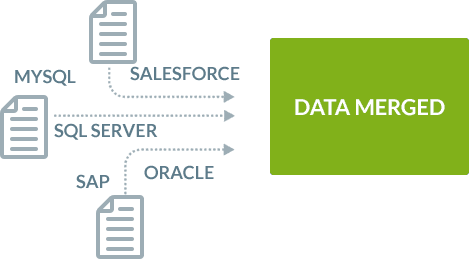
Merge Oracle data with data from other sources
You can merge any kind of data from multiple sources with your data from Oracle for Analytics or Machine Learning.

Data replication 6x faster than Oracle GoldenGate
BryteFlow’s replication of data is 6 x faster than GoldenGate’s. This is based on actual experience with a client in a product trial. Try out BryteFlow for yourself and see how fast it works to migrate your Oracle data to Azure Data Lake Storage Gen2. Average speed is 1,000,000 rows in 30 seconds. BryteFlow can be deployed fast and you can get delivery of data in just 2 weeks. More on BryteFlow Replication
GoldenGate CDC and a better alternative

Automated Catch-up from Network Dropout
If the data replication is interrupted by a power outage or network failure, you don’t need to start the process of replicating Oracle data to ADLS Gen2 over again. BryteFlow automatically picks up where it left off, when normal conditions are resumed.

Option for Remote Log Mining of Oracle Data
With BryteFlow you can use remote log mining for Oracle data. The logs can be mined on a completely different server therefore there is zero load on the source. Your operational systems and sources are never impacted even though you may be mining large volumes of data.
Oracle Database Replication with BryteFlow

About Oracle Database Oracle
DB is also known as Oracle RDBMS (Relational Database Management System) and sometimes just Oracle. Oracle DB allows users to directly access a relational database framework and its data objects through SQL (Structured Query Language). Oracle is highly scalable and is used by global organizations to manage and process data across local and wide area networks. The Oracle database allows communication across networks through its proprietary network component.

About Azure Data Lake Storage Gen2
Azure Data Lake Storage Gen2 (also known as ADLS Gen2) supports next-gen data lakes for analytics. Azure Data Lake Storage Gen2 combines the best features of Azure Data Lake Storage Gen1 such as file system semantics, file-level security, and scale on Azure Blob storage, leveraging the low storage costs, disaster recovery capabilities and high availability of Azure Blob. ADLS Gen2 delivers high performance since users do not need to move or transform data for analytics.


